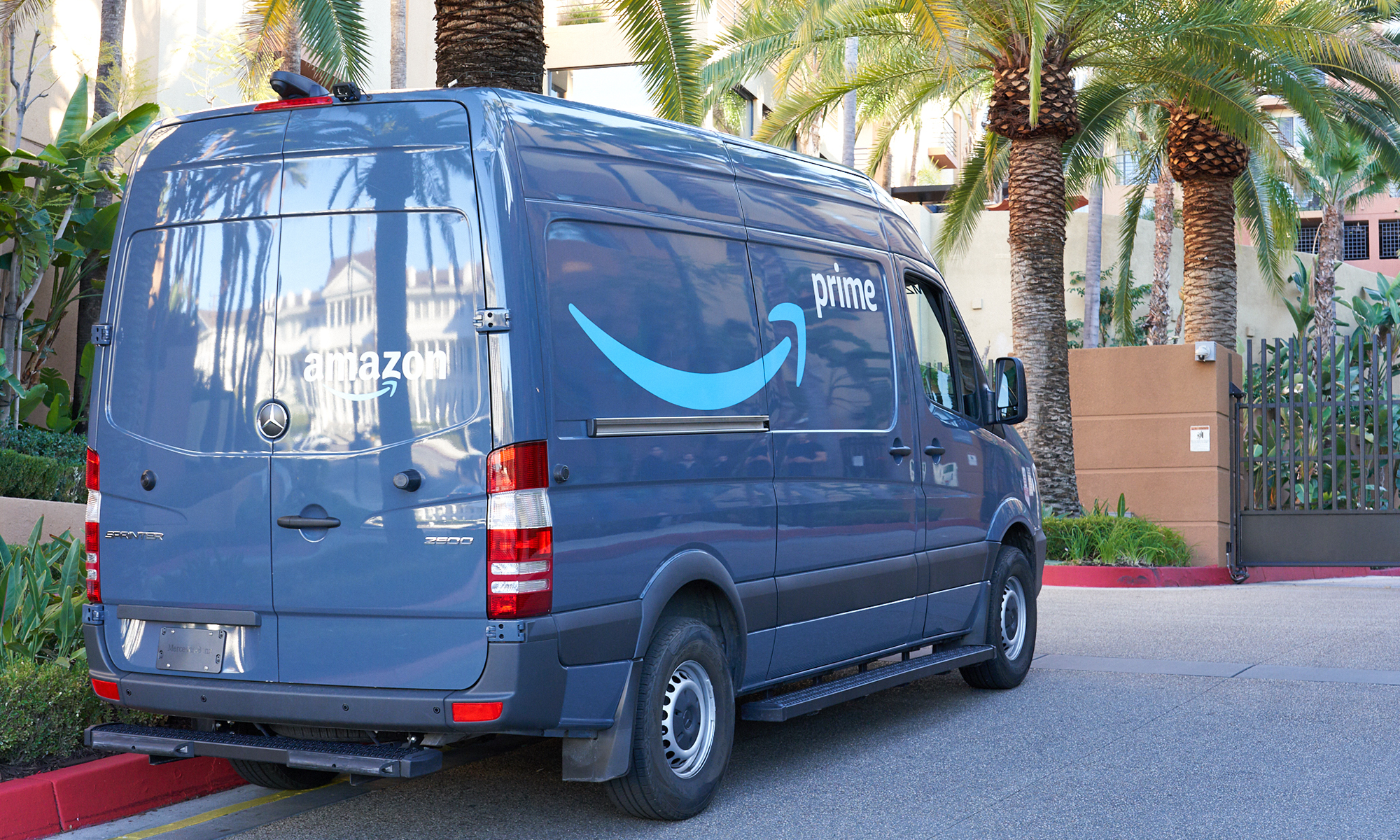One great thing about stock market investing is that there are always opportunities to drive returns. This includes "cheap stocks," even today, when the indexes routinely reach new record highs.
Moreover, many of these stocks support desired brands, and though they face some challenges, investors could earn market-beating returns by adding shares now. Hence, if one has $500, it might pay to take positions in the following two stocks.

Image source: Getty Images.
1. Roku
Admittedly, being "cheap" may not be enough to persuade some investors to consider Roku (ROKU +1.51%). It has fallen more than 80% from its 2021 high amid its struggles despite the secular trend that is moving TV viewing to streaming platforms.

NASDAQ: ROKU
Key Data Points
Roku competes with the likes of Alphabet (GOOGL 0.84%) (GOOG 0.80%) and Apple (AAPL 1.42%), which have weighed on the stock's recovery efforts.
Indeed, Roku holds a higher share of the market than the tech giants competing with it. However, Roku is in a much weaker financial position. Although it has achieved positive free cash flow in every quarter since the third quarter of 2023, it has typically reported net losses since 2022. In comparison, the cash positions of Alphabet and Apple each exceed Roku's $14 billion market cap, placing it at a severe disadvantage.
Fortunately for Roku, it is more heavily focused on the TV OS market. That has allowed Roku to maintain its No. 1 position in the market in the U.S., Canada, and Mexico. Moreover, in the second quarter of 2025, streaming hours increased by 17%. Such increases should ultimately boost the advertising sales that drive most of the platform's revenue.
Additionally, Roku turned profitable in Q2 for the first time in three years. While the profit came from unrealized gains in its investments, the company is on track to return to operational profitability by next year.
The fact that its stock is up by more than 25% so far this year suggests that investors have turned more optimistic. Also, Roku does not yet have a P/E ratio because of its losses. Still, its price-to-sales (P/S) ratio of 3.1 is just below the 3.3 average for the S&P 500.
Amid such conditions, Roku and its stock are arguably best positioned to capitalize as the transition from traditional TV to streaming continues. Since a part of a $500 investing budget could buy three shares for $283 at recent prices, investors could be off to a great start as Roku works to return to all-time highs.
2. Amazon
With the $217 left, investors may be in a position to buy one share of consumer tech giant Amazon (AMZN 1.35%).
Despite a market cap exceeding $2.3 trillion, its growth days are far from over. Indeed, its online sales business is a slower-growth business, and it is not clear from the company's financials that it turns a profit.
Nonetheless, that business gives Amazon tremendous exposure and market power within retailing. It is also the cornerstone of its subscription, third-party seller, and digital advertising businesses, all of which report double-digit revenue on a yearly basis.
Another major part of the company is Amazon Web Services (AWS), the application that helped it start the lucrative cloud computing industry. This business segment has long driven the majority of Amazon's operating income, though investors have soured on it as a perceived lack of clarity in AI has caused some investor doubts.
That has left Amazon with a flat stock performance for the year. Additionally, its five-year performance returns have been relatively modest amid the more recent struggles and the tech-related sell-off in 2022.

NASDAQ: AMZN
Key Data Points
However, that challenge may be more perception than reality. In the first half of 2025, Amazon's net income of $35 billion increased by 48% compared to the same period one year ago. Hence, its financials continue to make significant improvements.
Finally, its P/E ratio has fallen to 33. Despite that being above the S&P 500 average of 30, that earnings multiple is attractive considering that Amazon's P/E ratio was usually more than 50 and routinely above 100 in recent years. Considering the lower valuation and the rising profits, investors should benefit from adding Amazon shares in the near term.





